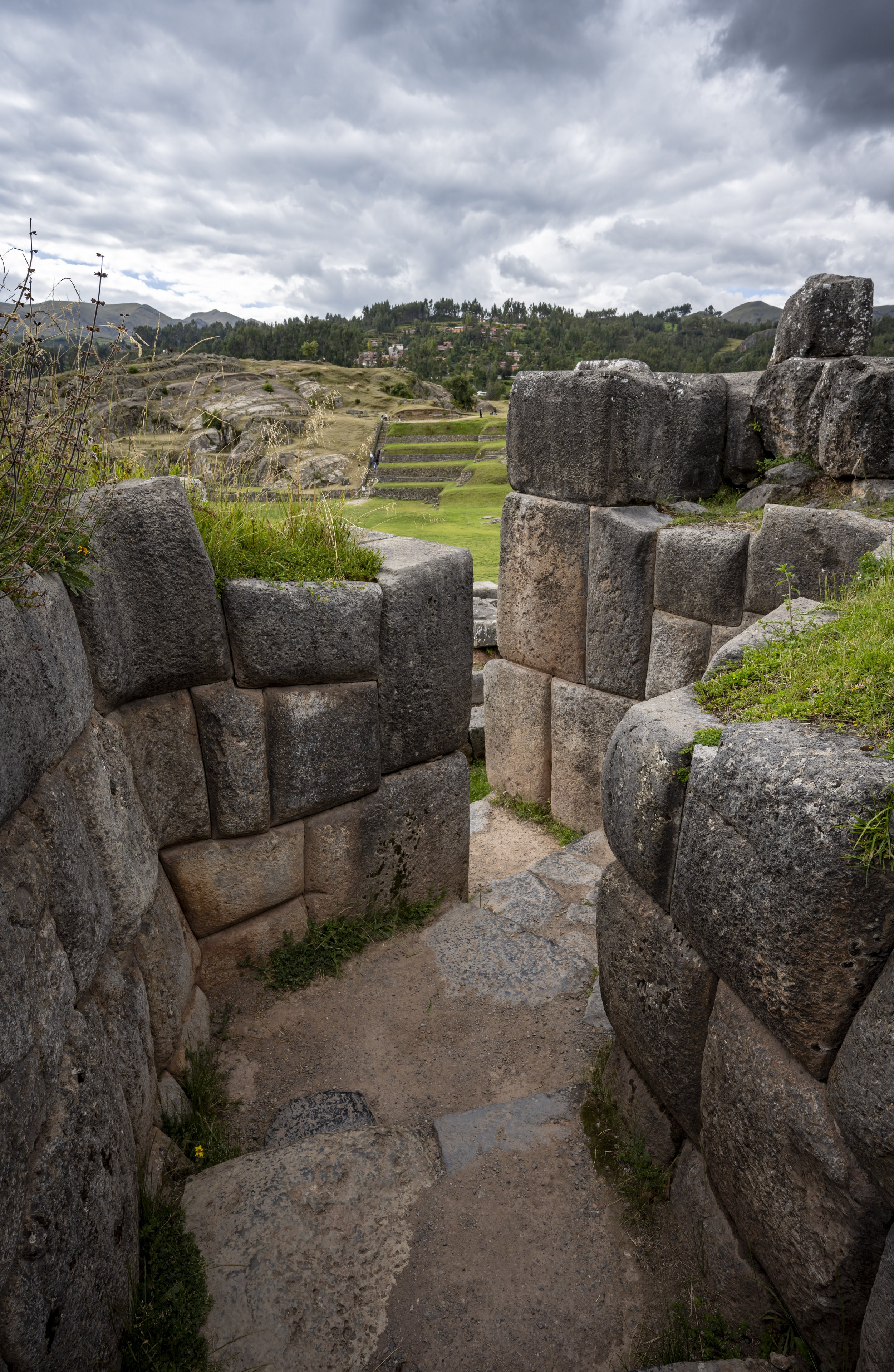Day 1,035
Saqsaywaman
Yesterday Tom asked, “fancy visiting sexy woman today?”. No he wasn't suggesting we hit the red light district of Cusco but rather head uphill to the Inca remains of Saqsaywaman. Go on, say it out loud, yep that's it! It's actually Quechua (the language spoken by the indigenous people) for a ‘well fed falcon’ our guide told us. Built above the Inca capital of Cusco, he said it wasn't a fortress but rather a temple, a place of worship.
The site was originally settled in around 900 AD, the Incas arriving sometime in the 1,300s. The construction started under Pachacuti and it took over 90 years to build, so his successors took over the task. Pachacuti had described Cusco as the puma city. The tail was where the two rivers met, the body the great square and surrounding houses, they just needed a head. So the high plateau overlooking the city was chosen, and Saqsaywaman was born. Over 20,000 men from neighbouring villages were drafted in to build it. The belief that working on the construction was to honour their God. 4,000 of them were given the task of quarrying the limestone blocks, 6,000 more with the aid of great leather cables pulled the blocks to the site. The rest prepared the ground and dug the foundations. They lived at the site and the walls of their dwellings were still visible up to the mid 15th century. The main building was called the Temple of the Sun, it was covered in plates of gold. What we know today of the site comes from the Spanish Chronicler ‘Pedro Cieza de Leòn’. He wrote a detailed article in 1553, unfortunately the Spanish chose to remove all the gold, even the drainage pipes were believed to have been made of gold or silver, and destroy much of the buildings. Enough remains for us to be in awe at the skills to construct the walls. Stones so large and so tightly fitted together it's hard to comprehend how they achieved such perfection with the few tools available to them. The building method was designed to withstand the frequent earthquakes that still frequently occur in this region. We could learn a lot from them.
It is believed they built tunnels that connected the site to Cusco, what remains of these are blocked off, though there is a tiny section open to visitors and we enjoyed making our way through in the pitch black, only the voice of our guide to follow. He also showed us an area of rocks above the site where for generations people have used them as a natural slide. With no grip on my shoes I struggled to get to the top, then remembered I hate slides. Unfortunately by this time I had rather a large audience, who sportingly clapped when I finally reached the bottom. Give me a bike anytime!







































